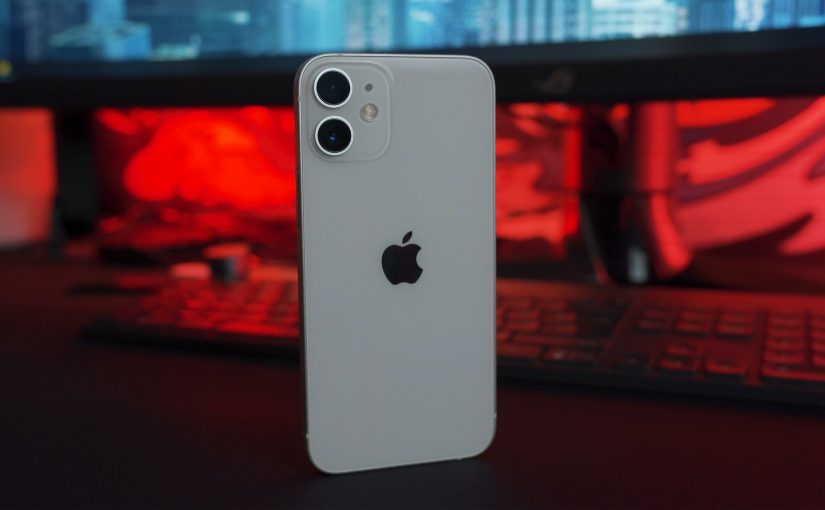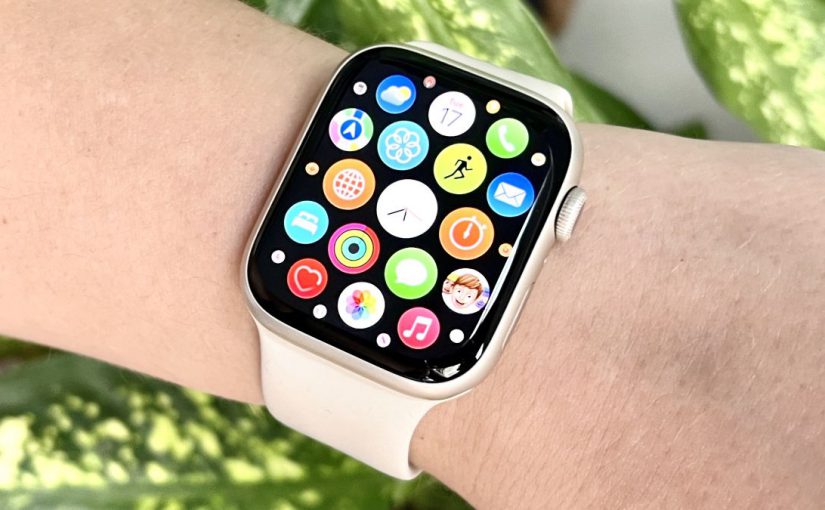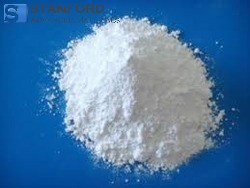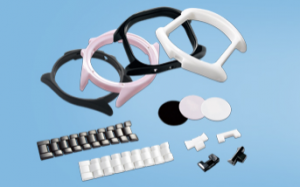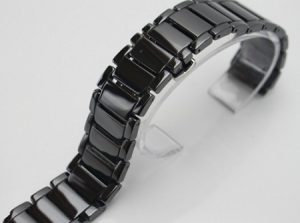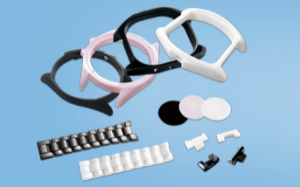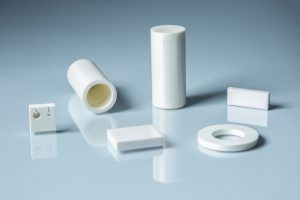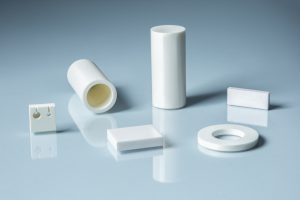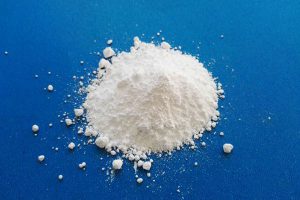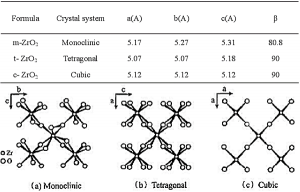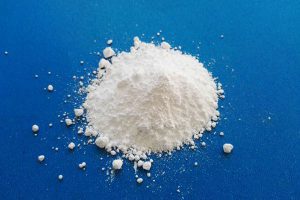By the end of 2018, 154 mobile operators around the world are carrying out 5G technology tests or trials, and the number of countries participating in 5G has been expanded to 66. With the advent of 5G era, the mobile phone industry will usher in a new round of reform, and the mobile phone backboard market is facing a reshuffle.
Zirconia ceramic phone backplane stands out
5G era requires faster signal transmission, 1 to 100 times faster than 4G. 5G communications will use a spectrum of more than 3Ghz, with shorter millimeter-wave wavelengths. Compared with the metal backplane, ceramic backplane has no interference to signal and has incomparable superior performance of other materials, which is favored by mobile phone manufacturers.
The contrast of the backplane of several kinds of mobile phones
Among all-ceramic materials, zirconia ceramic has the advantages of high strength, high hardness, acid and alkali resistance, corrosion resistance and high chemical stability, as well as the characteristics of scratch and wear resistance, no signal shielding, excellent heat dissipation performance, and good appearance. Therefore, it becomes a new mobile phone body material after plastic, metal, and glass. The application of zirconia ceramic in the mobile phone is mainly two parts: backplane and fingerprint identification cover.
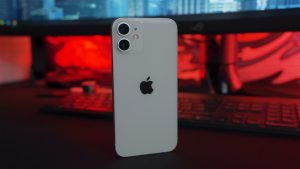
Preparation and difficulty analysis of zirconia cell phone ceramics
The preparation of zirconia ceramic backplane mainly includes the preparation, molding, sintering, grinding and polishing process of zirconia ceramic powder, in which the preparation of zirconia ceramic powder is the most important and most difficult part of the whole process.
Technological difficulties
The phone backplane powder of zirconia ceramic is nanocomposite zirconia. In the preparation of ceramics, the quality requirements include that the particle size distribution is normal, the particle shape is close to circular, the dispersion is good, and the purity is high. The preparation methods of nano-composite zirconia powders include the hydrothermal method, precipitation method, alcohol-brine hydrolysis method, and low-temperature gas-phase hydrolysis method.
The quality of powder directly affects the intrinsic quality and performance of finished products. High purity, ultra-fine particle size, narrow particle size distribution, and good dispersibility are important bases for evaluating the quality of ceramic powders. The powder agglomeration and surface modification of nano-composite zirconia have become two major problems. With the development of technology, researchers have found corresponding solutions.
Firstly, the agglomeration of zirconia powder is a big problem. Gan Xuexian et al. investigated the final depolymerization effect by designing and using different grinding equipment and process parameters. With d50=1.355μm zirconia powder as the research object, when using vertical ball mill, vertical ball mill and horizontal sand mill as the grinding equipment, serving with φ2mm zirconia ball as the grinding medium, with m medium: m material = 5:1 medium material ratio grinding for 15h, detection zirconia slurry size after grinding, the results show that: the horizontal sanding machine has the best grinding effect, and the d50 of zirconia slurry is 0.303μm. When the horizontal sand mill is adopted as the grinding equipment, the grinding effect is best under the conditions that the ratio of medium material (m medium: m material) is 4:1, the solid content of slurry (w) is 45%, the linear speed is 10m•s-1, and the grinding time is 25h.
Secondly, in terms of surface modification of zirconia powder, Yue Liang et al. drew the following conclusions through experiments: the sintering activity of zirconia powder was significantly improved after horizontal stirring grinding and manual granulation, and the sintering density was close to 99.5% at 1400℃; after grinding zirconia powder, the bending strength of sintered samples was lower than that of the original powder mainly because of the large size defect. Therefore, it is necessary to have appropriate granulation technology to improve the powder forming performance; it is suggested that improving the stability of phase transition is beneficial to obtaining high-performance zirconia powders.
Stanford Advanced Materials supplies high-quality zirconia products to meet our customers’ R&D and production needs. Please visit https://www.samaterials.com/ for more information.
